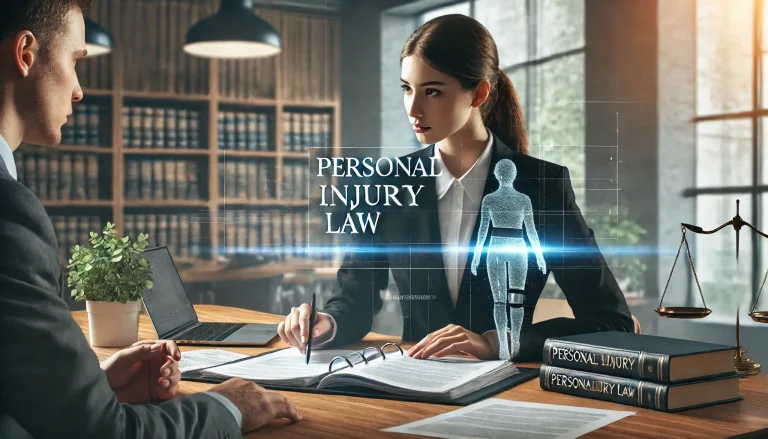Public spaces like parks, streets, and sidewalks are integral to daily life, offering areas for recreation, transportation, and community gatherings. However, these spaces can also pose risks, leading to accidents and injuries. When someone is injured in a public space, understanding who is liable becomes a critical issue, as different entities may be responsible depending on the circumstances.
Understanding Public Space Liability
Public spaces are typically managed and maintained by government entities, including municipalities or state authorities. While these entities have to ensure public spaces are safe, determining liability when an injury occurs can be complex. Public space injuries often involve questions about negligence, maintenance, and legal responsibility.
Common Injuries in Parks and Streets
Injury in public spaces can arise from various hazards, including:
- Uneven sidewalks or pavements: Cracks, potholes, or uneven surfaces can lead to slips, trips, and falls.
- Poorly maintained park equipment: Faulty playgrounds or recreational structures can cause serious accidents.
- Inadequate lighting: Dim or non-functioning streetlights can make it difficult for pedestrians to see obstacles, increasing the risk of accidents.
- Unattended hazardous conditions: Ice, snow, or standing water that isn’t properly addressed can lead to slips and falls. Premises liability often applies in these cases.
Who Is Liable?
Liability for public space injuries generally falls into one of three categories: government entities, private contractors, or the injured party themselves. Let’s break down each:
1. Government Entities
Government agencies, like city or state authorities, are usually responsible for maintaining public parks and streets. If a municipality fails to repair known hazards—such as a broken swing in a park or a dangerous sidewalk crack—and someone is injured as a result, the government could be held liable. However, there are specific rules when filing a claim against a government entity, such as strict timelines and special procedures.
2. Private Contractors
Sometimes, government bodies hire private contractors for maintenance work, like snow removal or sidewalk repairs. If the injury occurs due to the contractor’s negligence in fulfilling their duties, they could share or take full responsibility for the accident.
3. The Injured Party
In some cases, the injured party might bear some responsibility for their injuries. For example, if someone was texting while walking and tripped on a hazard they could have otherwise avoided, their compensation may be reduced based on comparative negligence laws.
The Importance of Legal Representation
Navigating a personal injury claim for public space accidents can be complex, especially when government entities are involved. Skilled personal injury attorneys can help assess the details of your case, gather evidence, and ensure the proper procedures are followed when filing a claim against municipalities or contractors. With the right legal support, you can improve your chances of receiving compensation for medical expenses, lost wages, and other damages.
Filing a Claim for a Public Space Injury
If you’ve been injured in a park or on a street, it’s essential to gather evidence right away. This could include photographs of the hazard, witness statements, and medical records. Contacting an attorney who specializes in personal injury law is highly recommended to navigate the complexities of liability, especially when dealing with government entities.
Injuries in public spaces can be tricky in terms of legal liability. While municipalities are often responsible for maintaining these areas, the involvement of private contractors or the actions of the injured party can complicate the case. Knowing your rights and seeking legal advice can help ensure you’re properly compensated if you suffer an injury in a park or on a street.

